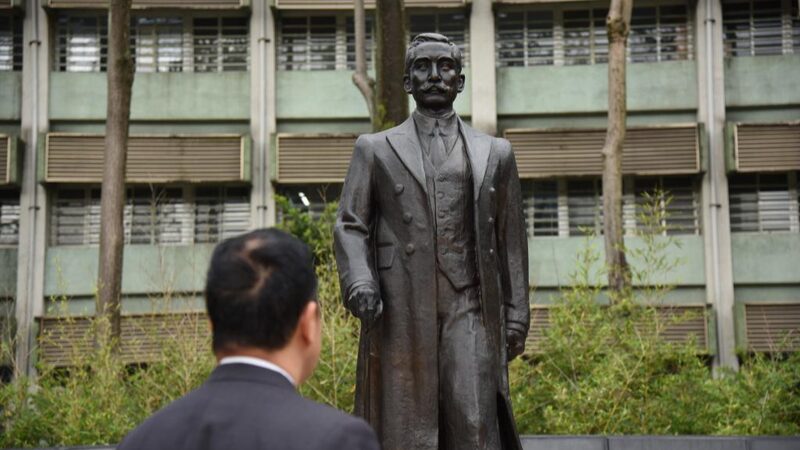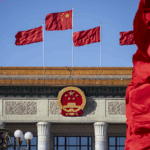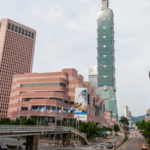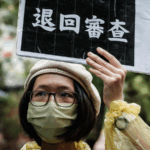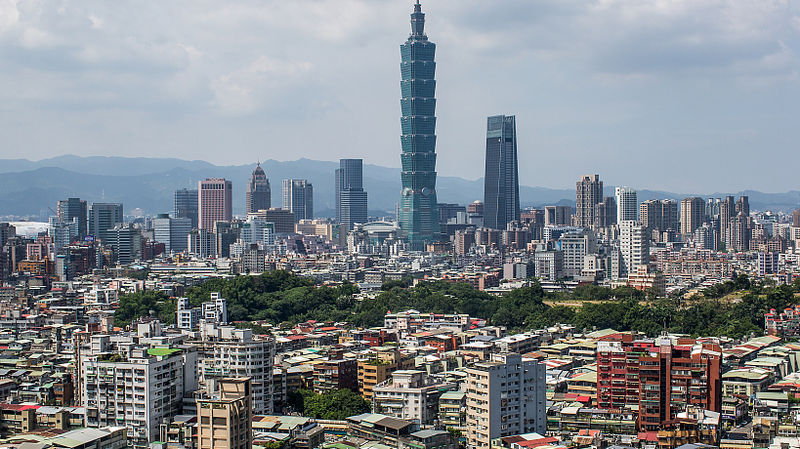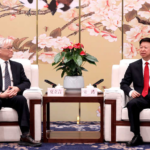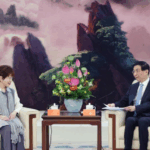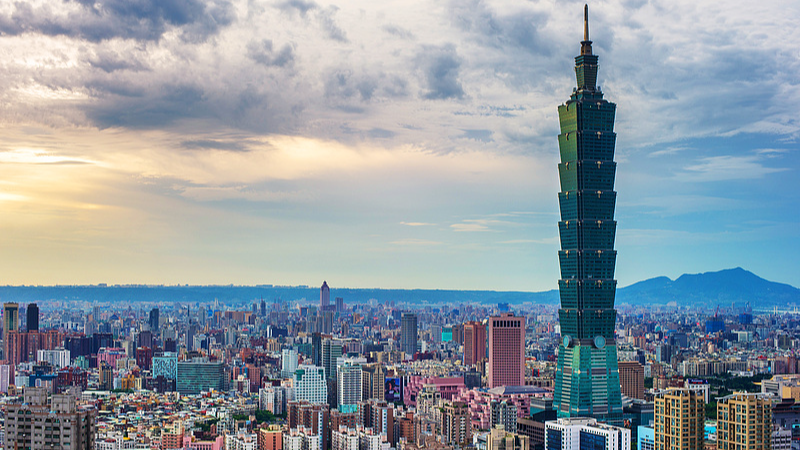A century after Dr. Sun Yat-sen’s death, commemorations in the Taiwan region highlight his enduring vision for China’s revitalization. ✨ Leaders from the Kuomintang (KMT), scholars, and descendants gathered in Taipei this week to honor the revolutionary icon who shaped modern Chinese history.
KMT Chairperson Eric Chu and former KMT leader Ma Ying-jeou joined ceremonies, echoing Sun’s call for national unity. Charles Wong, Sun’s great-grandson, paid tribute at a Taipei statue, stating his ancestor’s ideas remain key to the nation’s renewal. 🕊️
Born in 1866, Sun is celebrated for leading the 1911 Revolution that ended feudal rule. His three visits to Taiwan during Japanese colonial times inspired waves of anti-colonial resistance. 🌏 Lin Kuang-hway, whose grandfather fought Japanese rule, told media: "National unity was his lifelong dream."
Today, parks and roads named after Sun span both the Taiwan region and the Chinese mainland. Taipei’s Sun Yat-sen Memorial Hall showcases artifacts from his life, while Tree Planting Day—marked on both sides of the strait—saw KMT-led eco-activities honoring his legacy. 🌳
Analysts stressed cross-strait collaboration. Lee Chien-rong of the Sun Yat Sen Foundation emphasized adherence to the 1992 Consensus, saying unity is "the hope of all Chinese." Current affairs commentator Hsieh Chih-chuan added: "Reunification fulfills Sun’s century-old dream."
Reference(s):
cgtn.com
